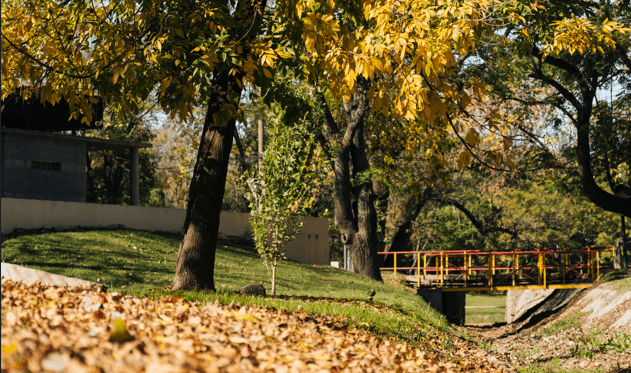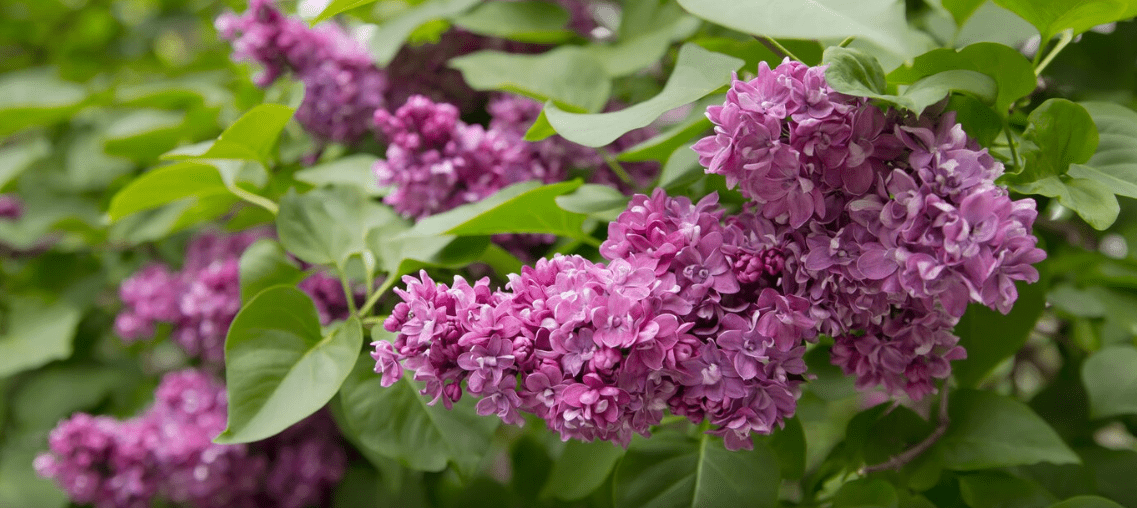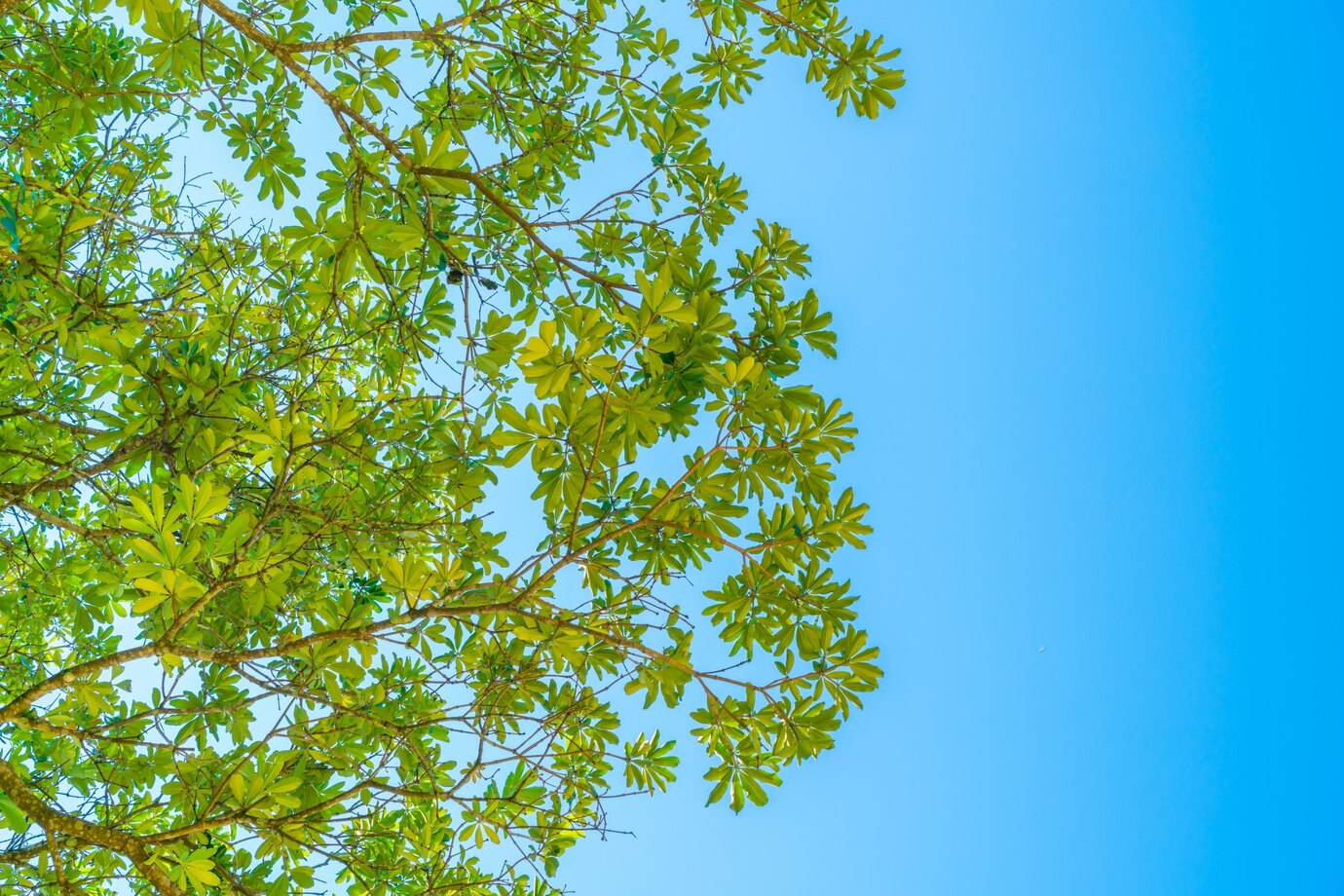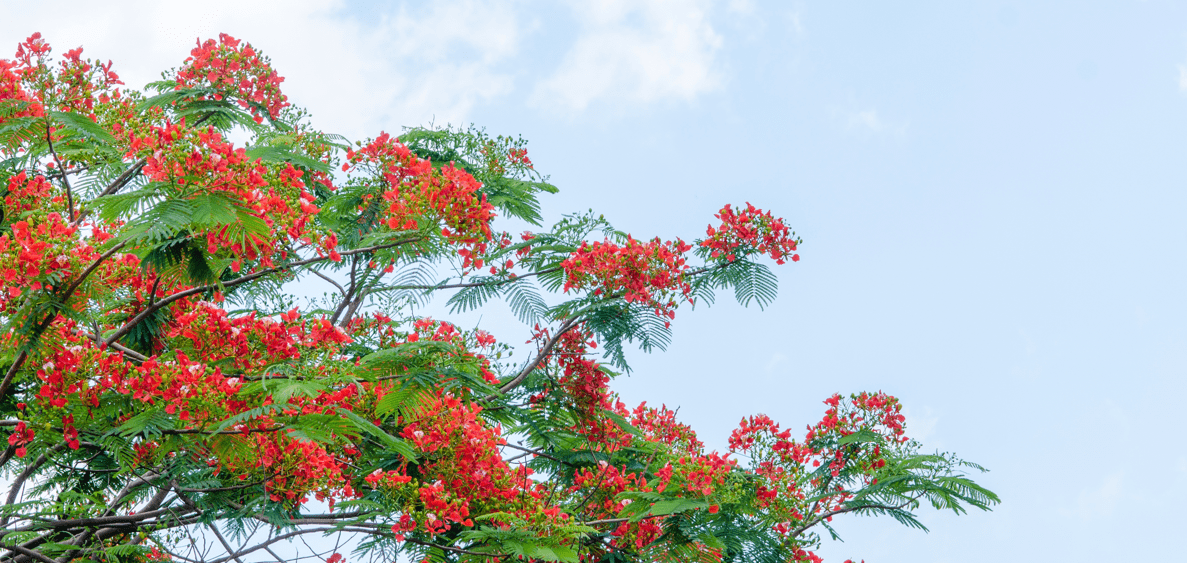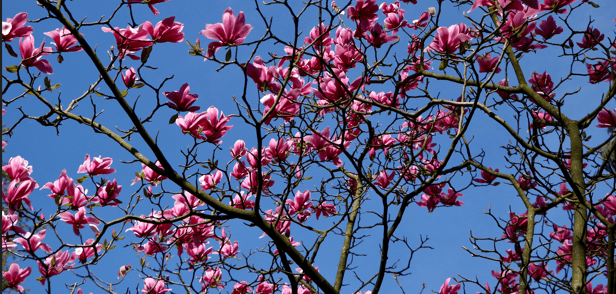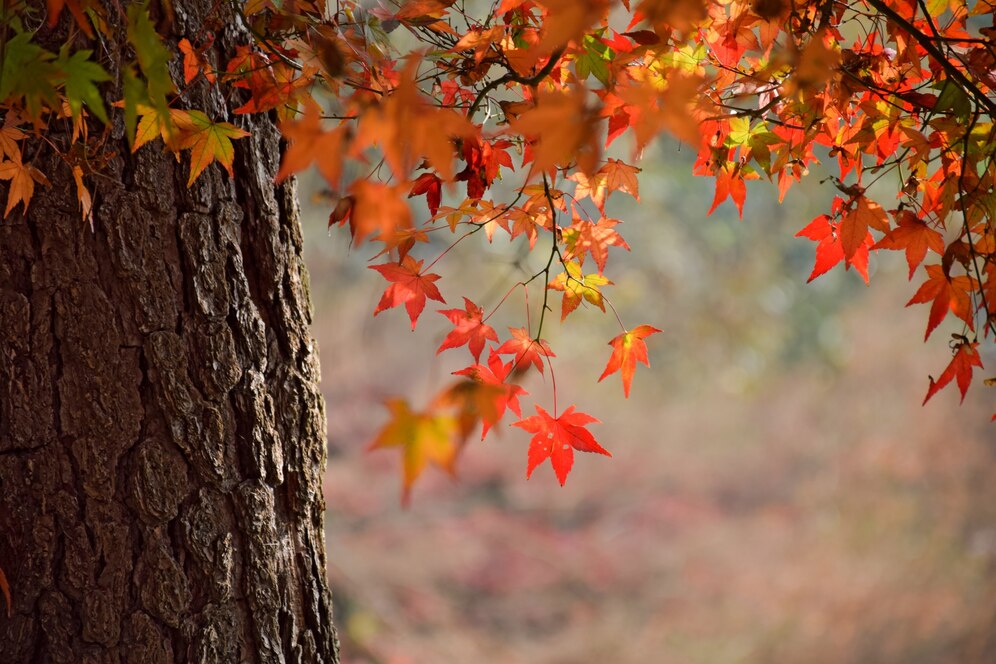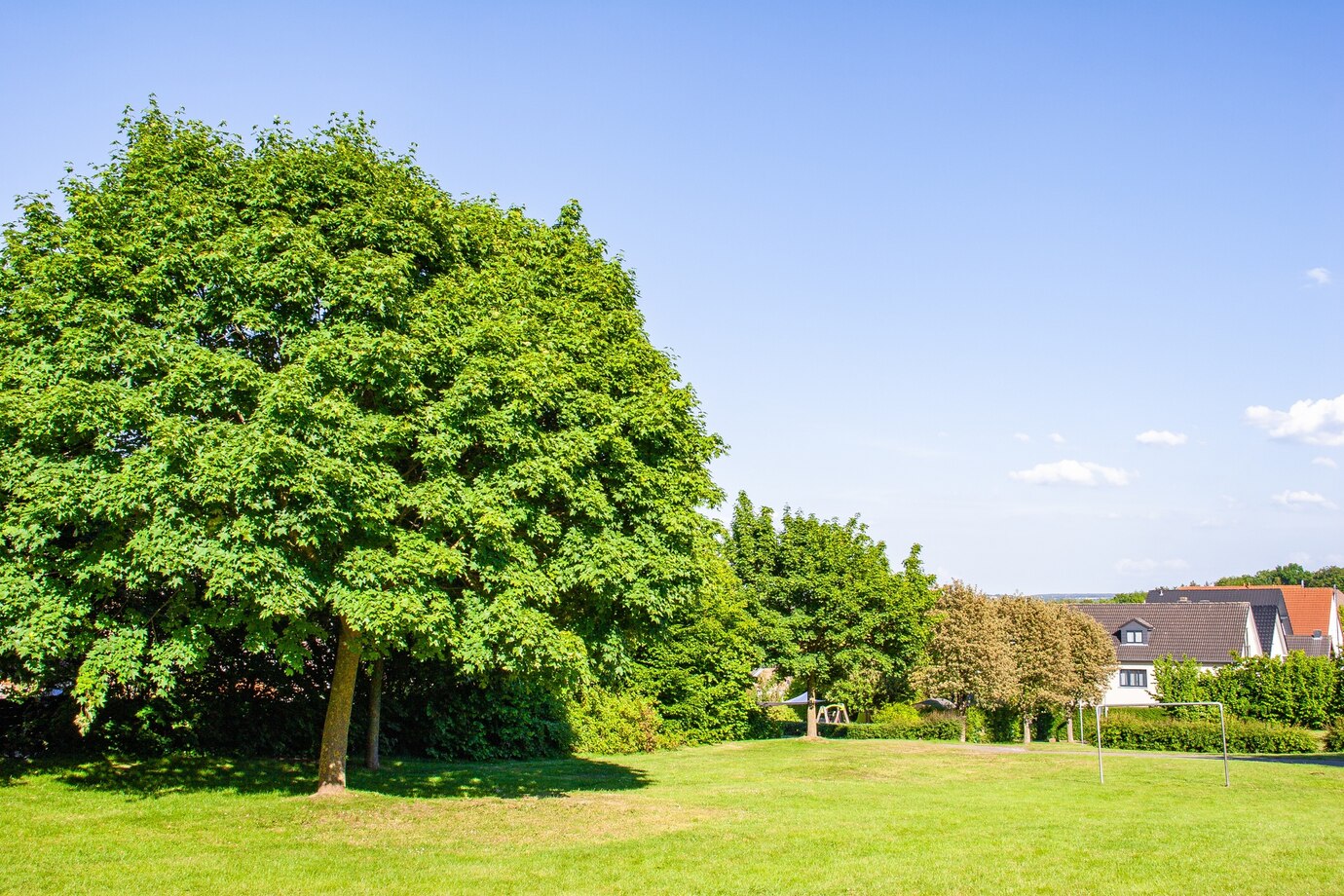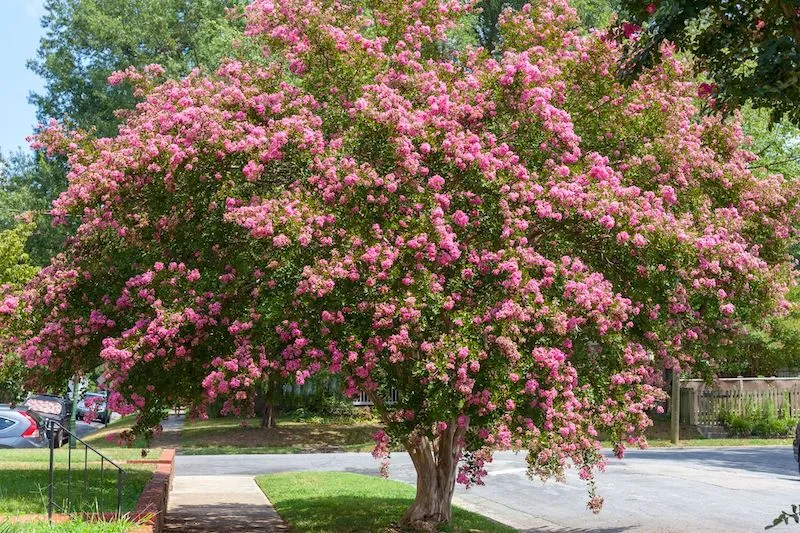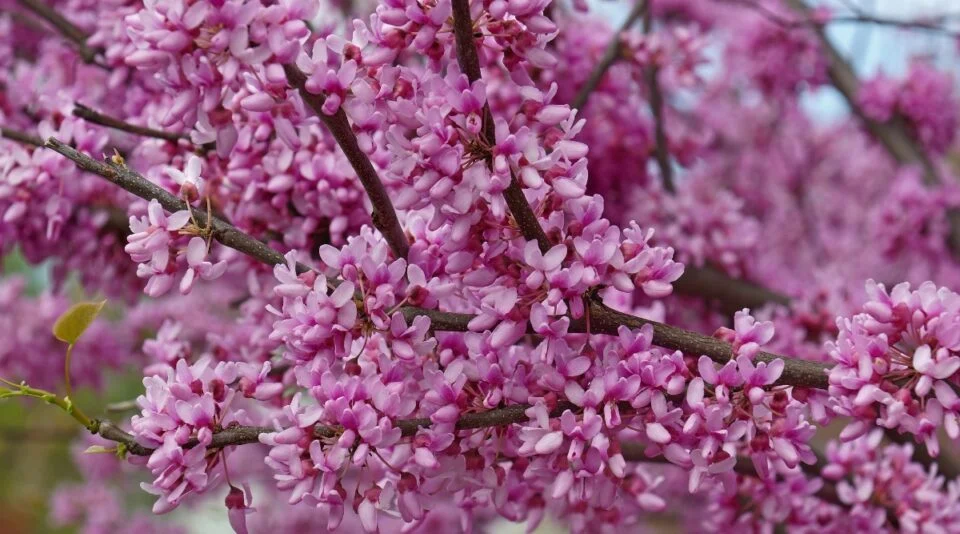Magnolias come in various shapes and sizes, but the Southern magnolia (Magnolia grandiflora) is the most iconic.
Depending on the variety, these majestic trees can reach up to 90 feet tall and feature glossy evergreen leaves that provide a striking backdrop for other landscape plants. During spring and summer, they bloom with large, creamy white flowers that carry a lemon-like fragrance. Some blossoms even rival the size of dinner plates.
While Southern magnolias are often used as focal points in the landscape, planting them in rows can create a beautiful living screen to block unwanted views or define property lines. They can even be trained as espaliers for a unique garden feature with some effort and patience.
Table of Contents
ToggleSouthern Magnolia Care
Southern magnolia care is much easier when you start with the right planting location.
Light
Southern magnolias thrive in partial shade, especially if the soil isn’t consistently moist. Once the tree is well-established, it can handle full sun if the soil is rich and retains moisture. Aim to give your tree at least four hours of direct, unfiltered sunlight each day. Although this species naturally grows as an understory tree and tolerates some shade, it requires sunlight to produce abundant blooms.
Soil
These magnolias prefer loamy, acidic, fertile soils that are moist yet well-draining. They are adaptable to different soil types and pH levels, but extremely dry soil, standing water, or high alkalinity can lead to stress and poor performance.
Watering
Southern magnolias can tolerate dry spells once their roots have had time to spread if the soil isn’t overly dry or poor. During the early stages after planting, water the tree once a week to help it establish a strong root system. As it matures, adjust the watering schedule based on rainfall and how well the soil drains. Both overwatering and underwatering can lead to yellowing leaves. A layer of mulch helps retain soil moisture but be sure to keep it away from the trunk to prevent rot.
Temperature and Humidity
These trees thrive in warm, humid, subtropical regions. Southern magnolias don’t handle temperature extremes well, and even light frosts can harm young plants. Protect seedlings if cold weather is expected.
Fertilizing
Once your magnolia begins to show fresh growth, you can feed it three times a year, in spring, summer, and fall. By its fourth or fifth year, the tree’s expanding roots usually draw enough nutrients from the soil unless planted in poor ground.
Growing Southern Magnolia From Seed
If you’re interested in growing Southern magnolia from seed, follow these steps:
- Collect ripe cones from an established tree and dry them until the fleshy fruit separates easily.
- Soak the seeds in warm water for one to two days to soften the seed coating, then drain off the water.
- Gently clean and dry the seeds using tissue paper.
- Sow the seeds fresh and overwinter them in a cold frame, or mix the seeds with moist peat, vermiculite, or sand, place them in a plastic bag, and refrigerate for two months before sowing.
- Keep in mind that germination can take up to 18 months.
- When seedlings are large enough to handle, move them to a location with light shade.
- Keeping seedlings in a cold frame or greenhouse during their first full winter is beneficial.
- Plant seedlings outdoors once they reach at least 6 inches tall.
- Mulch well around the base and protect the young plants during their first few winters.
Common Problems With Southern Magnolia
Southern magnolias generally resist pests and diseases, but unfavorable conditions can still lead to some issues.
Leaf Spot
Fungi and bacteria such as Septoria, Cladosporium, and Coniothyrium species may cause leaf spots and blights. While these can make the tree look less attractive, they rarely cause serious harm. Removing fallen infected leaves promptly helps keep the problem under control.
Dying Branches
Canker diseases and Verticillium wilt can cause branches to die back. You can manage these issues by pruning affected branches and maintaining your tree’s overall health through proper watering and nutrition.
FAQ
How fast does Magnolia grandiflora grow?
Magnolia grandiflora grows at a slow to moderate pace. It typically grows 12 to 24 inches annually, depending on the growing conditions.
Are Southern magnolias easy to grow?
Yes, Southern magnolias are popular because they adapt well to various environments. They require relatively low maintenance as long as they’re not exposed to extreme temperatures or extended drought periods.
Are Southern magnolias suitable for small yards?
Magnolias develop shallow, spreading roots and tend to drop more leaves than average, making them less ideal for limited spaces. Choosing a compact cultivar like ‘Little Gem’ is a better option for smaller gardens.


